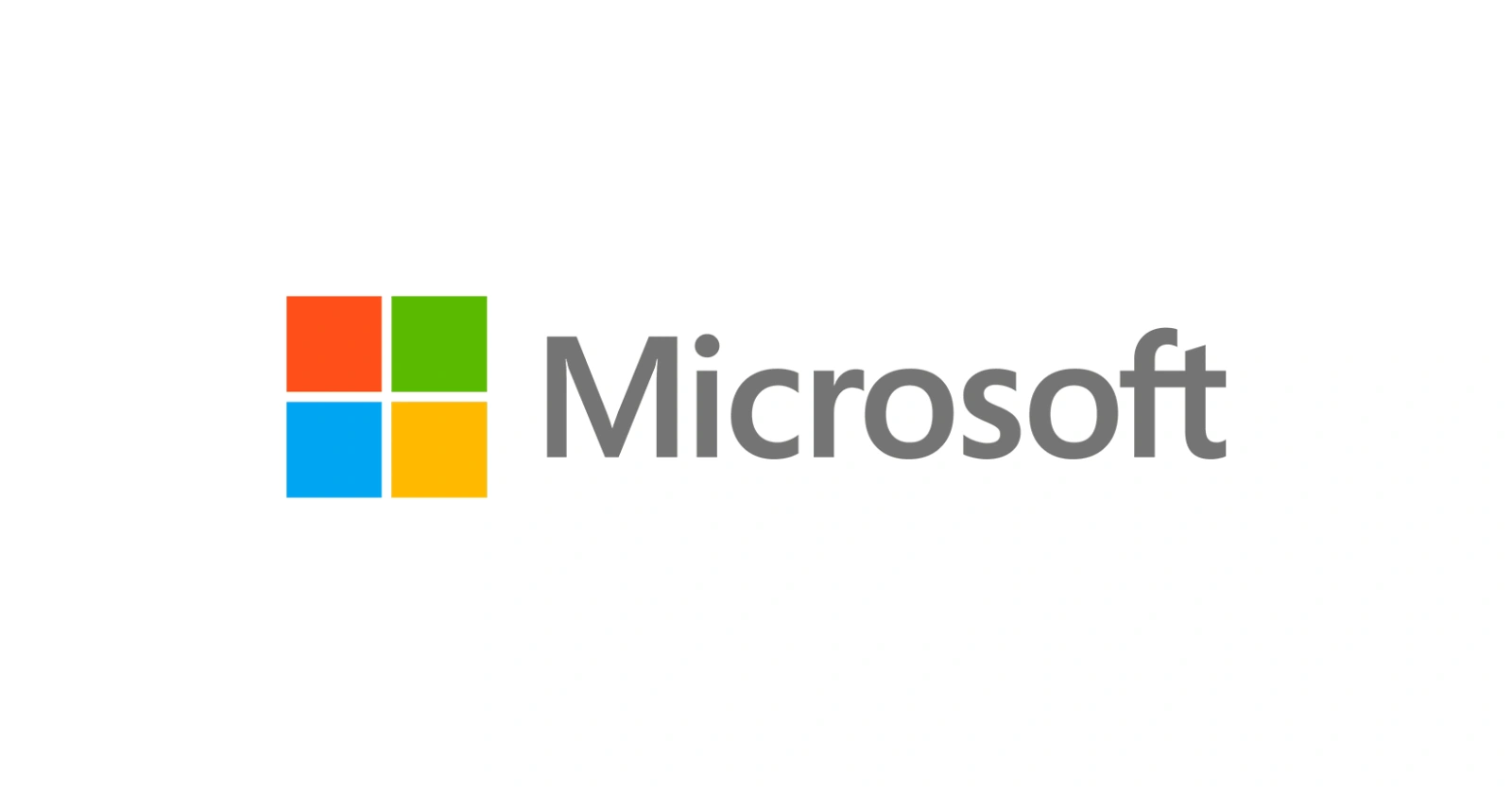Racine, Wis. — In the rolling farmlands of southeastern Wisconsin, a technological colossus rises, poised to redefine the boundaries of artificial intelligence. Microsoft’s Fairwater datacenter, unveiled this week as the pinnacle of AI infrastructure, sprawls across 315 acres like a modern-day forge for digital intelligence. With its three cavernous buildings encompassing 1.2 million square feet, this facility does not merely store data; it orchestrates the symphony of computations that train the world’s most sophisticated AI models. As the company commits an additional $4 billion to a second site nearby, the total investment surges to $7.3 billion, signaling a bold pivot from abandoned industrial dreams to a hub of computational might.
This development arrives at a pivotal moment for the tech industry, where the hunger for AI capabilities outpaces even the most ambitious forecasts. Over 700 million users engage with tools like OpenAI’s ChatGPT daily, many powered by Microsoft’s Azure cloud, fueling a race among giants to secure the raw compute power needed for next-generation models. Fairwater stands as the first in a series of such “AI factories,” designed not for scattered tasks but as unified supercomputers capable of delivering ten times the performance of today’s fastest systems. The implications ripple far beyond Wisconsin’s borders, touching on economic revival, environmental stewardship, and the global democratization of AI.
A Legacy Redeemed: From Foxconn Fallout to AI Ascendancy
The land beneath Fairwater once bore the weight of unfulfilled promises. In 2017, Taiwanese electronics maker Foxconn announced a $10 billion manufacturing campus in Mount Pleasant, a project hailed by then-Governor Scott Walker as a game-changer for the state. Yet, by 2023, the vision had fizzled, leaving behind cleared fields, partial infrastructure, and a community grappling with dashed hopes for thousands of jobs.
Microsoft stepped in during 2024, acquiring the site for $3.3 billion and transforming it into the bedrock of its AI ambitions. Company President and Vice Chair Brad Smith, who grew up in the area, described the move during a September 18 town hall as a homecoming rooted in opportunity. “We benefited from that early-stage infrastructure and preparation,” Smith noted, highlighting how the pre-existing utilities and zoning smoothed the path for rapid deployment. Construction on the initial facility began last year and nears completion for an early 2026 launch, while the newly announced second datacenter—part of the expanding Fairwater family—targets a 2028 finish line, promising thousands more construction roles in the interim.
This resurgence underscores a broader trend: tech firms repurposing industrial relics for the AI era. According to a 2025 report from the Brookings Institution, such adaptive reuse has revitalized over 50 U.S. sites since 2020, creating 120,000 jobs in secondary economies like Wisconsin’s. For Mount Pleasant, the payoff includes not just payrolls but a projected influx of high-skill positions in data operations and engineering, bolstering the local tax base by an estimated $500 million annually once fully operational.
Architectural Marvels: Building the Ultimate AI Engine
At its core, Fairwater defies the blueprint of conventional datacenters, those vast warehouses humming with servers for emails and websites. Instead, it operates as a singular, colossal brain, linking hundreds of thousands of NVIDIA Blackwell GB200 graphics processing units (GPUs) through a flat, high-speed network. Each rack cradles 72 GPUs, fused into a single NVLink domain that unleashes 1.8 terabytes of bandwidth and 14 terabytes of shared memory—enough to process 865,000 tokens per second, surpassing any rival cloud platform.
The engineering demands were Herculean. Workers drove 46.6 miles of deep foundation piles into the earth, erected structures with 26.5 million pounds of steel, and threaded 120 miles of medium-voltage underground cable alongside 72.6 miles of mechanical piping. To minimize latency—the silent killer of AI training—Microsoft innovated a two-story rack layout, allowing vertical networking that slashes communication delays between units. Pods of racks connect via 800 Gbps InfiniBand and Ethernet fabrics in a non-blocking tree topology, ensuring every GPU converses at full throttle without bottlenecks.
This setup enables “frontier-scale” AI, where models with trillions of parameters learn from exabytes of data. Picture the process: GPUs devour tokens—bite-sized chunks of text, images, or video—predicting sequences, validating against truths, and refining in endless loops. It’s akin to a vast orchestra rehearsing in unison, with the network as conductor, storage as sheet music, and compute as the instruments. Azure’s reengineered Blob Storage underpins it all, sustaining over 2 million read-write transactions per second per account, scalable to millions for seamless data flow.
Key features of Fairwater’s architecture include:
- GPU Density: Hundreds of thousands of NVIDIA GB200s, with future sites eyeing GB300 chips for enhanced memory pooling.
- Networking Fabric: Terabyte-per-second NVLink within racks, scaling to global pods for zero-congestion data sharing.
- Storage Scale: Dedicated facilities spanning five football fields, aggregating thousands of nodes for exabyte-level capacity.
- Training Throughput: 10x the El Capitan supercomputer’s speed, targeting unprecedented AI inference and model development.
Such prowess positions Fairwater to power not only OpenAI’s endeavors but Microsoft’s Copilot suite and beyond, accelerating innovations from drug discovery to climate modeling.
Cooling the Colossus: Sustainability in the Heat of Computation
AI’s voracious appetite extends to energy and water, igniting debates as facilities proliferate. Traditional air-cooled datacenters guzzle power for fans alone, but Fairwater embraces liquid cooling at facility scale—a closed-loop system where chilled fluid courses through integrated pipes, extracting heat with surgical precision. Over 90 percent of the space relies on this recirculating marvel, filled once during construction and refreshed indefinitely without evaporation losses.
Microsoft claims the annual water draw equates to a restaurant’s yearly use or an 18-hole golf course’s weekly summer sip—modest against the 2.8 million gallons projected for the first site in 2026, drawn from Lake Michigan. The remainder employs outdoor air cooling, resorting to water only on scorchers. This hybrid slashes usage by 95 percent versus legacy designs, per a May 2025 Nature study co-authored by Microsoft researchers, which quantified cooling’s cradle-to-grave impacts. (From the environmental impact search: )
Yet, skeptics abound. Environmental advocates, including Midwest Environmental Advocates and Clean Wisconsin, decry the opacity around permits and the cumulative strain on resources. A September 2025 analysis by Clean Wisconsin pegs the Mount Pleasant and Port Washington sites at 3.9 gigawatts combined—enough for 4.3 million homes, exceeding the state’s 2.8 million housing units. Globally, the International Energy Agency warns that AI datacenters could consume 1.7 trillion gallons of water by 2027, with indirect thermoelectric pulls amplifying the footprint.
Microsoft counters with proactive pledges. The firm prepays for grid upgrades to stabilize rates and matches every fossil-fuel kilowatt-hour with carbon-free equivalents, including a 250-megawatt solar array in Portage County under construction. “We’re succeeding in managing this issue well, so you all don’t have to pay more for electricity,” Smith assured locals. These steps align with Azure’s power usage effectiveness (PUE) targets below 1.2 and water usage effectiveness (WUE) near zero, metrics that have improved 20 percent since 2020, according to Microsoft’s sustainability dashboard.
| Aspect | Traditional Datacenter | Fairwater AI Datacenter |
|---|---|---|
| Cooling Method | Primarily air-based | 90% closed-loop liquid |
| Annual Water Use | Up to 360M gallons | ~1M gallons equivalent |
| Power Demand | 100-500 MW | 900+ MW (with offsets) |
| Compute Focus | Diverse workloads | Unified AI supercluster |
| Environmental Metric | WUE: 0.5-1.0 gal/kWh | WUE: <0.1 gal/kWh |
This table illustrates the leap in efficiency, drawing from Microsoft’s 2025 disclosures and IEA benchmarks.
Economic Currents: Jobs, Growth, and Community Ties
Beyond silicon and steel, Fairwater injects vitality into Wisconsin’s veins. The dual projects forecast 2,000 permanent roles in tech and support, plus 5,000 construction gigs over the buildout. Governor Tony Evers, a Democrat, lauded it as hosting “the largest number of GPUs under one roof,” a crown jewel for the Badger State. Local leaders echo the sentiment; Racine County Executive Jonathan Hansen projects a $1.2 billion GDP lift by 2030, per a University of Wisconsin-Madison economic model.
The ripple extends to suppliers and education. Microsoft partners with Racine Technical College for AI certification programs, aiming to upskill 1,000 residents annually.
Weaving a Global Web: Fairwater in the Azure Tapestry
Fairwater does not stand alone; it anchors a constellation. Identical siblings rise in Georgia and across the U.S., while international ventures bloom—a hyperscale site in Narvik, Norway, via nScale and Aker JV, and the UK’s largest supercomputer in Loughton. These nodes, studded with tens of billions in chips, federate through Microsoft’s AI Wide Area Network (WAN), pooling resources across 400 datacenters in 70 regions.
This distributed architecture multiplies efficiency exponentially, enabling resilient, borderless training. As CEO Satya Nadella posted on X, it unlocks “AI training and inference at levels never before seen.” Complementing U.K. outlays of $15.5 billion through 2028 and a $19.4 billion Amsterdam lease, Microsoft’s $80 billion AI infrastructure spend in 2025 underscores a tectonic shift.
In the broader arena, rivals like Amazon and Google chase similar scales, but Azure’s co-engineering with NVIDIA—first to deploy GB200 clusters—yields an edge. A Tom’s Hardware analysis pegs Fairwater’s fiber cabling at four Earth-circumferences’ worth, a testament to interconnectivity.
Horizon of Intelligence: What Lies Ahead
As Fairwater hums to life in 2026, it heralds an era where AI transcends novelty to necessity, from autonomous systems to predictive analytics. Challenges persist—balancing compute’s thirst with planetary limits demands vigilant innovation. Yet, in Wisconsin’s heartland, Microsoft has forged a beacon: sustainable, scalable, and supremely capable.
This AI factory not only computes the future but constructs it, thread by algorithmic thread. With communities empowered and models unbound, the stage sets for intelligence that serves all, not just the elite. The world watches, as Mount Pleasant’s fields yield not crops, but the code of tomorrow.



